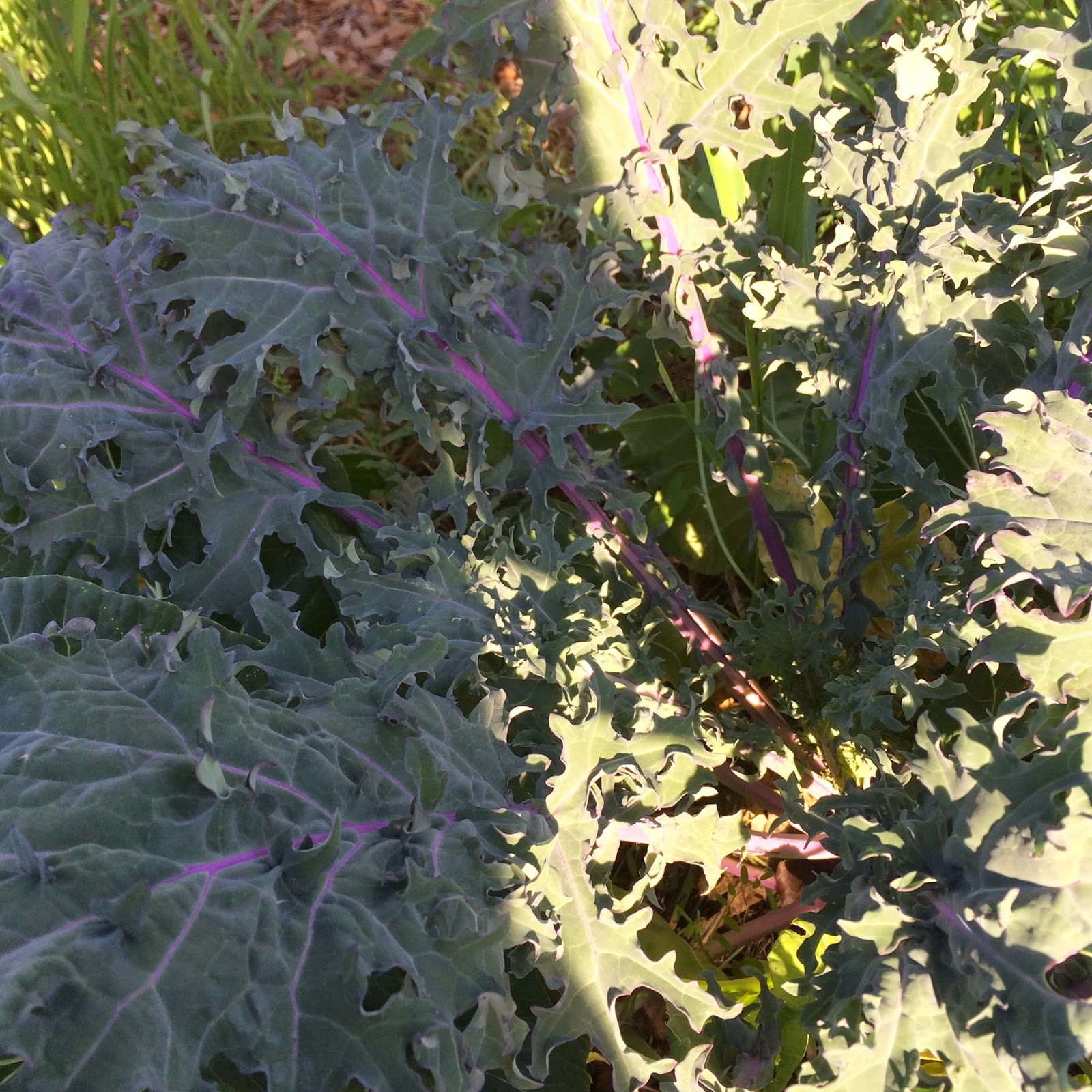
this is a picture of anthers surrounding sigma this shows both male and female parts of the flower when this happens the plant is considered perfect. In other species of flowering plants the female and male parts are in separate plants. sometimes make and female parts are located in different flowers and sometimes there in completely separate plants
This is a 40x view of the plants carpel which is the female reproductive organ of the flower. the stalk of the flower style has a sticky tip so that it can catch pollen.

This is a 40x picture of the male reproductive organ of this flower which is called stamen. the stalk is called a filament and the end of the stalk is the anther, this is what releases pollen to reproduce

This is a flower that has had all of its parts stripped away except for the ovaries (the large stalk to the right ) which has been cut open to show the ovules (green oval to the left)
This is a 40x view of the plants carpel which is the female reproductive organ of the flower. the stalk of the flower style has a sticky tip so that it can catch pollen.

This is a 40x picture of the male reproductive organ of this flower which is called stamen. the stalk is called a filament and the end of the stalk is the anther, this is what releases pollen to reproduce

This is a flower that has had all of its parts stripped away except for the ovaries (the large stalk to the right ) which has been cut open to show the ovules (green oval to the left)



